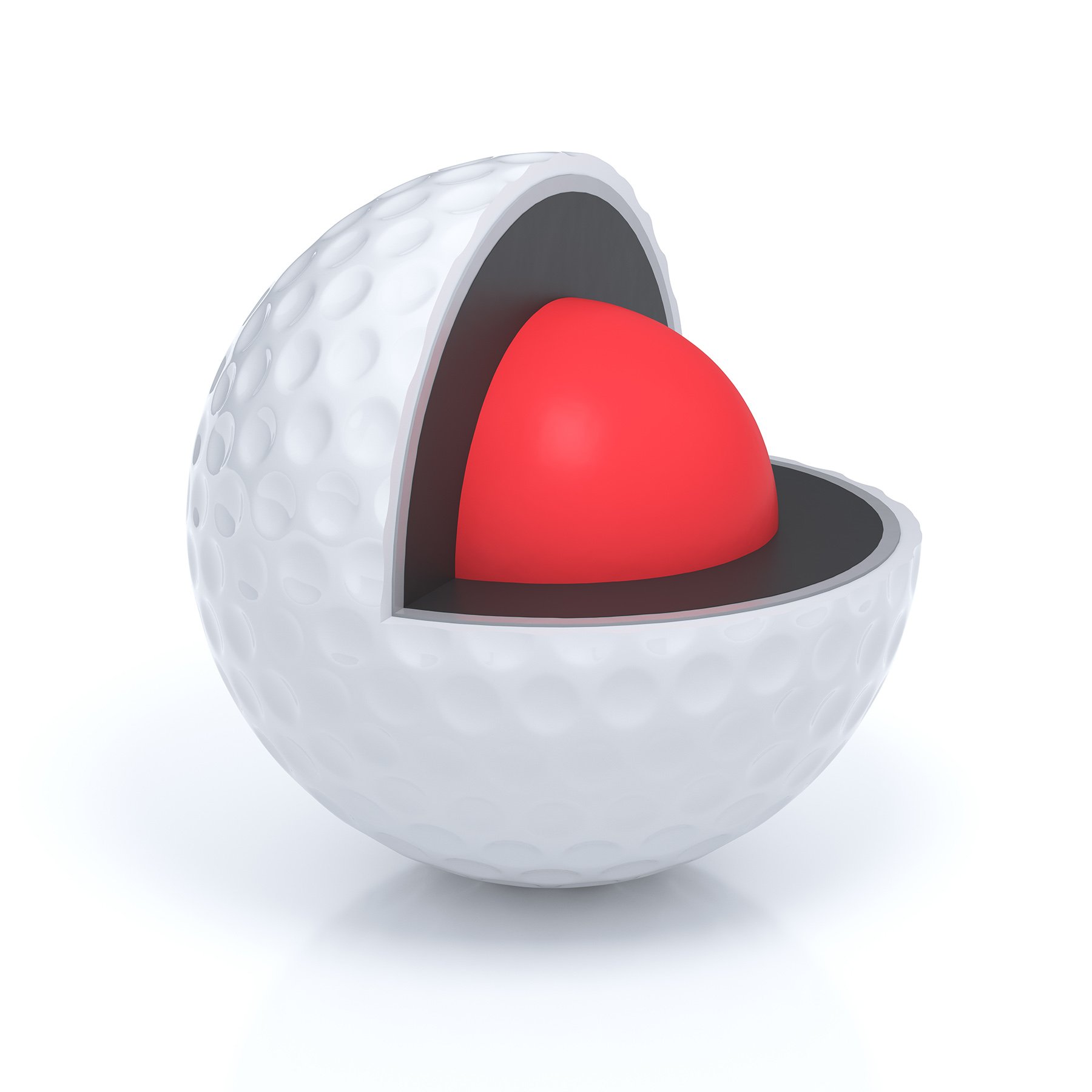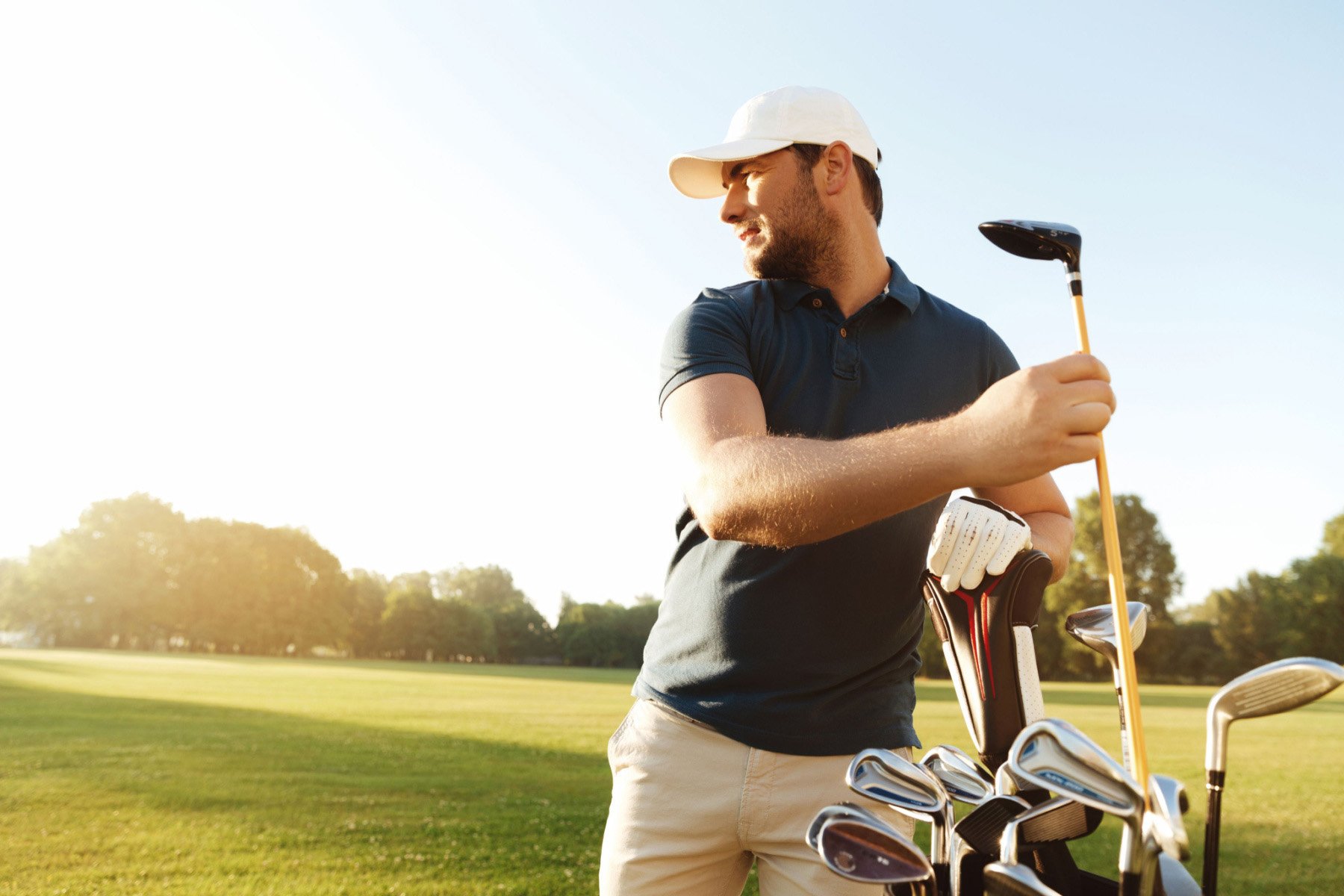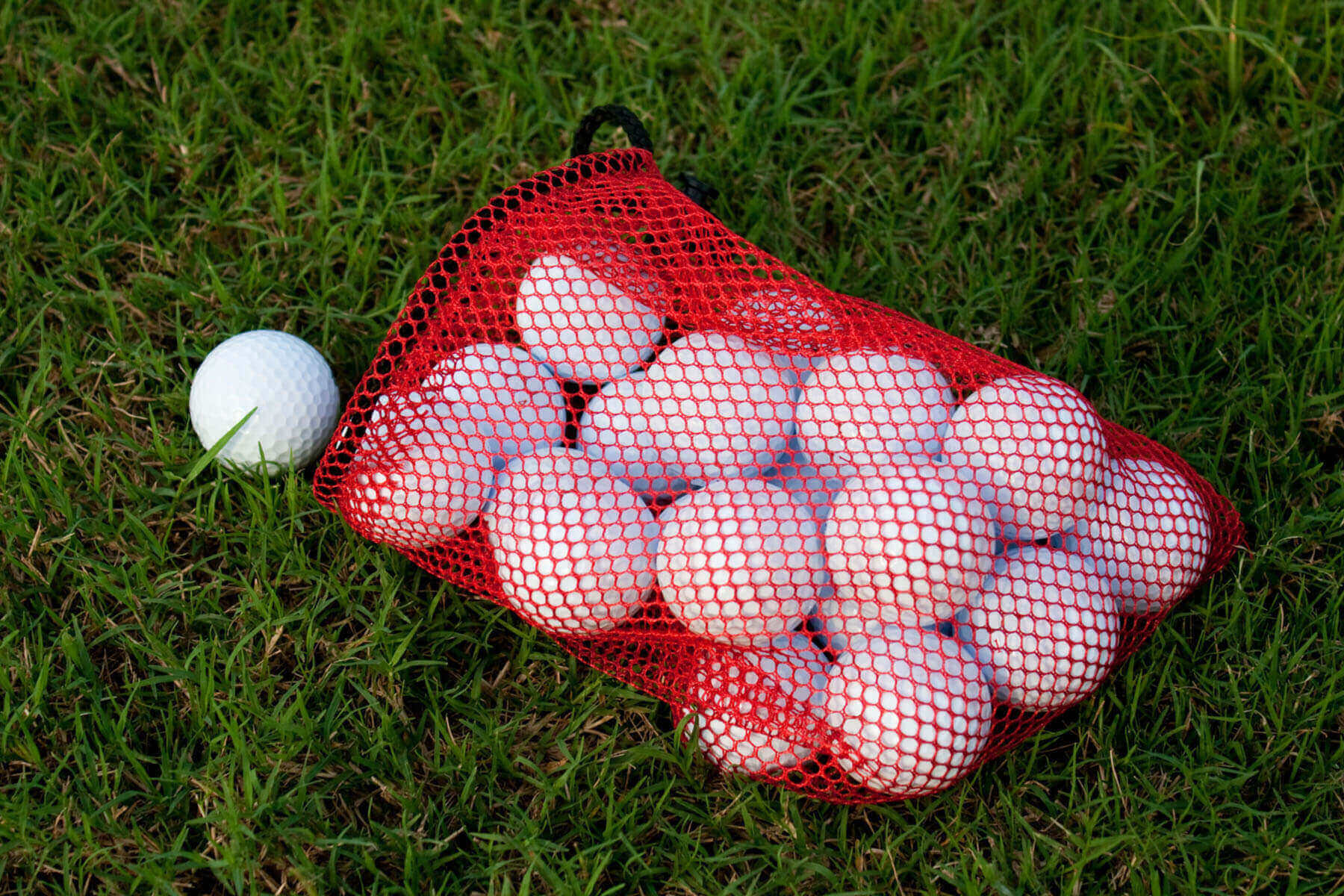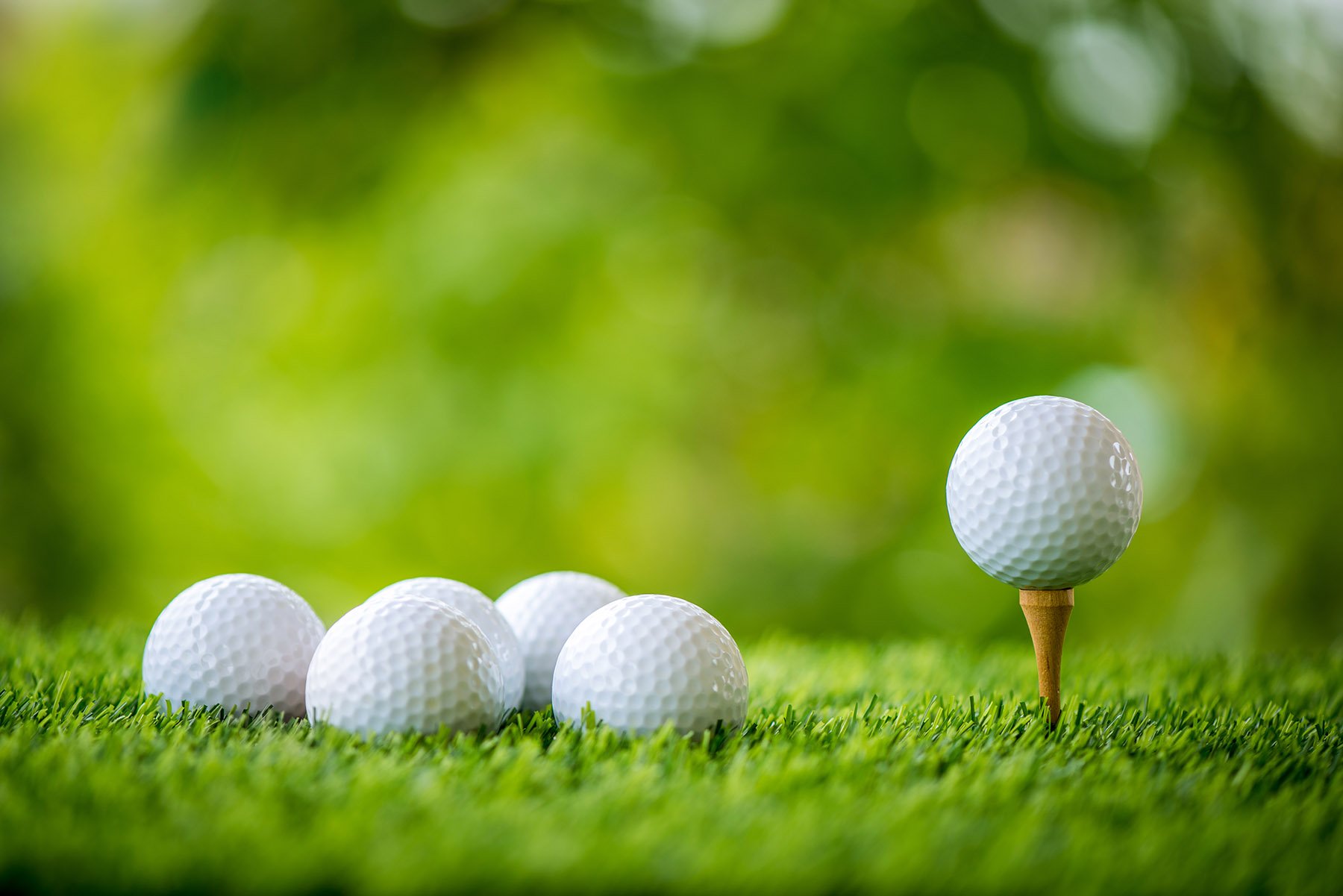One could say that all the golf balls look the same. However, they feature different properties, each player can play them differently and their prices vary as well. Learn all their differences, so you can improve your game.
Golf ball specifications
A tradition of golf is 600 years old and the golf balls have come a long way to become what they are today. Nowadays, golf balls are made of multiple inner layers that are coated by a special hardened cover with its distinct texture and design features.
MUZIKER TIP:
The ideal club length can be calculated by formula: your body height x 0.7 coefficient.
What's inside a golf ball?
Core
The size and material that the core consist of, is having a decisive impact on the energy exchange between a club and a ball. The core is made of a mixture of gum, titanium and tungsten. Harder cores enable longer shots, softer ones make it easier to control the ball.
Coating
The core is coated by a cover made up of two or more layers. The cover's thickness, hardness and structure determine other ball's properties, such as rotation and ability to control the stroke. Softer cover enables better control over the ball and makes it spin more, while harder cover decrease the spin (even the backwards rotation).

Surface structure
The orderly placed aerodynamic dimples on the ball's surface have directly to influence the flight characteristics - trajectory, distance and accuracy. Dimples affect the airflow and reduce the drag. Their main purpose is to add spin and keep the initial speed for as long as possible.
MUZIKER TIP:
Golf balls with deeper dimples will fly shorter and lower. On the contrary, shallow dimples make the ball fly higher and keep it in the air for longer.
Types of golf balls according to player's skills
As we have mentioned already, balls are made of a variety of layers to accommodate all the desired properties. Different golf balls are suitable for beginners and professionals.
Golf balls for beginners
If you're new to golf, you should go for 2-layered balls. These are composite balls with a durable round core (usually with titanium mixture) and a cover layer with coating affecting its hardness.
Softer golf balls gives better feedback on a stroke which makes the distance easier to estimate, but it shortens it in general. On the contrary, a harder golf ball flies further, but it doesn't give enough feedback for short putts. You can try balls from renowned Callaway – Warbird or Supersoft that enable a long-distance flight while giving a decent feedback.

Golf balls for semi-skilled players
Once you gain experience and establish your own typical way to stroke, you'll see what you need to improve and work on. In that case, you should start playing with 3-layered golf balls. Each types of these balls have different properties of flight distance, rotation and response to hitting the ground and immediate afterwards movement. The core of these composite balls is smaller and covered by polymer (flexible) layer and coated with top layer. Try Titleist Pro V1.
Golf balls for skilled players
If you feel on a green like at home, then definitely go for 3- or 4-layered balls. They possess heavy and tiny core, covered by layers made of different materials (mostly polymers).
Some of them feature technology that makes the drive from the tee longer at a fast stroke (so the ball reacts as a hard one without notable rotation), while still being soft enough with higher spin on a green. Try out Callaway Chrome Soft.
Golf balls for professionals
If you play golf professionally, then you should stick to 5-layered golf balls. Variety of layers of different materials improve their aerodynamic properties.TaylorMade balls are a perfect choice.

MUZIKER TIP:
The golf ball is not the only key factor of your game. You should feel comfortable while playing. Choose from ourgolf apparel that accommodate all the golfer's needs.
New, used and waterlogged balls
One way to save money on high-quality golf balls, is to buy used ones. These balls were used for different events or tournaments. They're in excellent shape and their performance is comparable to the new ones. They're suitable for all the needs of amateurs or beginners, as well as for training purposes of professionals.

Used and waterlogged (drowned in a water hazard) golf balls are sold in packs sorted by their class and quality. They're standardized in tiers ranging from AAAA (the highest quality - used for three holes at most) to C (visibly damaged balls). Sometimes, you can come across with combo packs of mixed balls, but still of a similar quality.
MUZIKER TIP:
If you don't want your golf balls to become waterlogged, you should get yourself a retriever.
Do you know which golf ball will be the best match for you? Don't hesitate to try out and pick a golf ball from our offer or pay a visit to our Muziker GOLF store in Bratislava. Also check our entire section of golf equipment.
 Musical Instruments
Musical Instruments

 Water Sports
Water Sports


 Sport
Sport


 ie
ie





